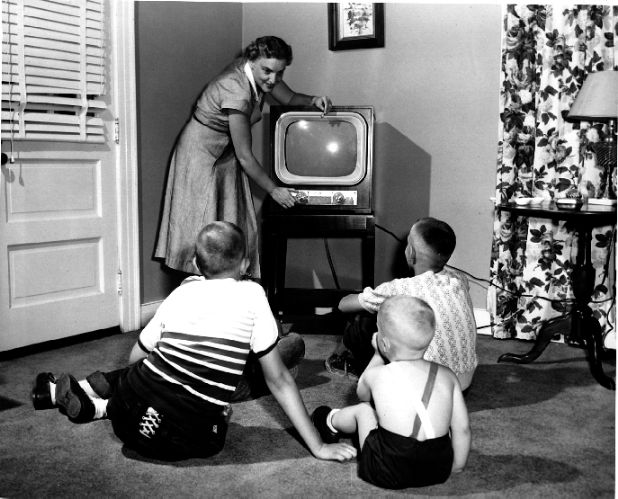Netflix streaming was down by up to 25% during the 2012 London Olympics. With Netflix beginning to create its own original content, are sports and live content ways that television will be able to stay ahead?
Staying new and relevant is so important to television programming. At this stage, Netflix and other online streaming services are comprised primarily of old content.
It is also important to remember that the coverage of the recent Olympic games in London was marked by controversy. Much of the outrage in Australia was channelled into the Facebook group Channel 9 Olympics Coverage sucks. Similar criticism was directed toward NBC in the United States for their coverage. The delaying of major events so they could be broadcast during primetime outraged many NBC viewers.
With this in mind, perhaps live content is better suited to online streaming. Will audiences be more satisfied if they are able to stream live content on demand? What will this mean for television?




























